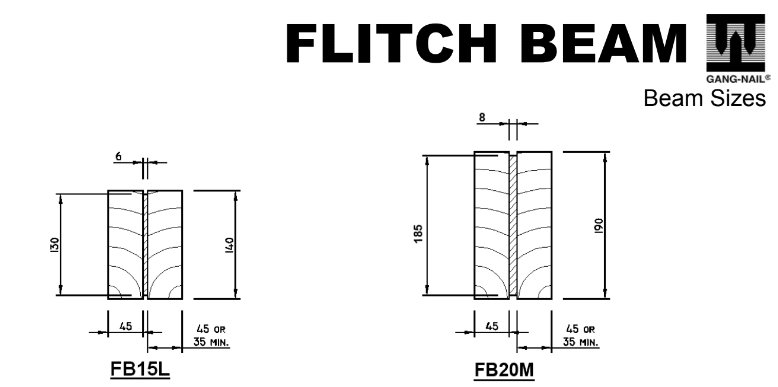KenSchnee
Structural
- Jan 23, 2022
- 2
Hi and thank you in advance for your feedback.
I am working on a site where we have planned on a 20ft flitch beam comprised of 3 1 3/4 x 9 1/4 X 20 LVL and 2 5/8 x 9 1/4 X 20 Steel Plates. While the plans called for 9 1/4 steel plates we were only able to source 9 inch plates. Will this be fine or must the plates match the LVL exactly? If the dont match, what would be the recommend position installation of the plates to the LVL.
I am working on a site where we have planned on a 20ft flitch beam comprised of 3 1 3/4 x 9 1/4 X 20 LVL and 2 5/8 x 9 1/4 X 20 Steel Plates. While the plans called for 9 1/4 steel plates we were only able to source 9 inch plates. Will this be fine or must the plates match the LVL exactly? If the dont match, what would be the recommend position installation of the plates to the LVL.

